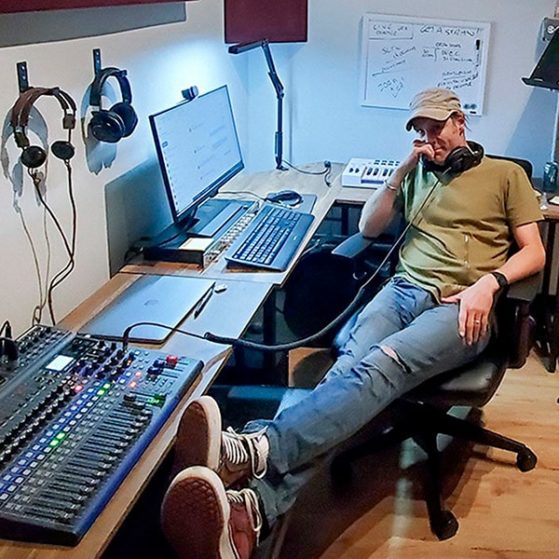Recently for one of my math and nature projects, I made three songs that use only 4 microtonal notes—as opposed to the full octave of the 12 traditional pitches of Western music. It’s my belief that any artist worth his or her salt should be able to create something memorable with whatever resources they’ve got. I’ve never been into the fancier music gear, and there was never a guitar or a keyboard I had to have. Anything that played notes was good enough to record a song with. Once during high-school I was grounded, and my step-mother ‘confiscated’ my musical instruments. I responded by writing the names of musical notes in succession vertically along my bedroom window pane next to the taut string inside the window casing. I spent the next few days plucking that.
Here are three examples of artists who created wonderful and interesting works while limited in their creative toolset either by intent or necessity:
01. Stravinsky’s The Rite of Spring

02. Gadsby: The Book without the Letter ‘E’
Twenty-five years later in the United States, author Ernest Vincent Wright had a pretty wild idea of his own. He wrote a 50,000 word novel in English without one instance of its most frequently used letter: ‘e’. The name of the book is called Gadsby and deals with a dying town revitalized by a young group of kids. This early example of ‘constrained writing’ naturally led to some creative workarounds—not the least of which was Wright’s varied and careful handling of the frequently appearing past-tense suffix ‘-ed’. The book was not very popular at the time, but is now a favorite among linguists and rare book collectors. Gadsby is a an example of a “lipogram”, or a piece of writing that omits the use of a particular letter.
03. Matisse’s Icarus




